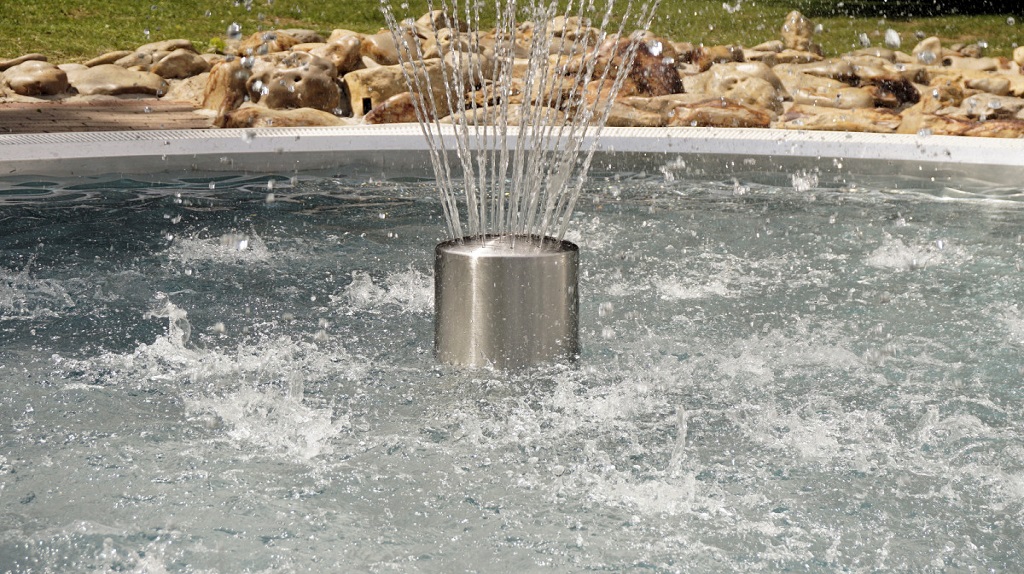Regular Fountain Inspections for Best Performance: Why They Matter and How to Do Them Right

Water fountains are not just decorative features – they are an essential part of public spaces, commercial properties, hotels, amusement parks, and private gardens. A well-maintained fountain enhances aesthetics, creates a calming environment, and reflects the professionalism of the property owner. However, to ensure long-term efficiency and stunning performance, regular fountain inspections are essential.
We will explore the importance of fountain inspections, how often they should be conducted, what to check during an inspection, and how routine maintenance improves performance, safety, and durability.
Why Regular Fountain Inspections Are Necessary
Skipping routine fountain inspections may save time in the short term, but it often results in costly repairs and unexpected breakdowns later. Here’s why regular inspections are crucial:
1. Ensures Optimal Performance
Over time, dirt, debris, algae, and mineral deposits can clog nozzles and filters, reducing water pressure and affecting the visual appeal of the fountain. Regular checks keep the system running smoothly.
2. Extends Equipment Lifespan
Fountain pumps, lighting systems, and plumbing components can wear out without proper care. Inspections help identify early signs of wear and tear, ensuring timely interventions.
3. Prevents Costly Breakdowns
Small leaks, electrical faults, and mechanical issues, if ignored, can turn into expensive repairs. Inspections allow early detection and cost-saving maintenance.
4. Maintains Water Quality & Hygiene
Dirty and stagnant fountain water can become a breeding ground for bacteria, algae, and insects. Routine water treatment and inspections help maintain clean and safe water.
5. Enhances Energy Efficiency
A well-maintained fountain consumes less electricity and water. Clean pumps, nozzles, and filters reduce load and improve efficiency.
How Often Should Fountain Inspections Be Done?
The frequency of inspection depends on the fountain’s size, usage, and location. As a general guideline:
| Type of Inspection | Frequency |
| Visual surface check | Daily or weekly |
| Pump & filtration check | Every 2–4 weeks |
| Water quality testing | Weekly or biweekly |
| Electrical components | Monthly |
| Full system inspection | Every 3–6 months |
Professional fountain contractors or Musical Water Fountain Manufacturers may recommend customized maintenance schedules based on fountain design and features.
What to Inspect During Routine Fountain Maintenance
A thorough inspection should cover the following key areas:
1. Water Quality and Levels
- Check for algae growth, cloudiness, or foul odor.
- Test pH levels; the ideal pH is between 7.2 to 7.6.
- Ensure automatic water refill systems are working properly.
2. Pumps and Motors
- Inspect pump pressure and water flow.
- Listen for unusual noises, vibrations, or overheating issues.
- Clean pump filters and strainers regularly.
3. Nozzles and Spray Patterns
- Check for clogged nozzles that disrupt water patterns.
- Clean mineral deposits or dirt build-up to restore original spray shapes.
4. Lighting and Electrical Systems
- Inspect LED lights, wiring, and control panels.
- Ensure waterproof sealing and grounding connections are intact.
- Replace damaged cables or corroded connectors for safety.
5. Pipes and Plumbing
- Look for leaks, cracks, or blockages in pipelines.
- Inspect valves, jets, and flow regulators.
- Ensure even water distribution across all fountain features.
6. Fountain Structure and Aesthetics
- Examine tiles, stone surfaces, or concrete structures for cracks or damage.
- Clean fountain surfaces to remove calcium deposits and dirt.
- Apply protective coatings where necessary.
Tips for Effective Fountain Maintenance and Inspection
✔ Use High-Quality Water Treatments
Use chlorine or approved water treatments to prevent algae and bacterial growth. Ensure the chemicals are safe for both water and fountain materials.
✔ Keep a Maintenance Log
Record inspection dates, repairs, and parts replaced. This helps track system performance and plan future maintenance.
✔ Hire Professional Fountain Contractors
Skilled fountain contractors in India or your local region offer expert inspections, diagnose complex problems, and perform professional cleaning.
✔ Winterize the Fountain in Cold Regions
In colder climates, drain the fountain before winter to prevent ice damage. Cover the structure and store pumps safely.
✔ Install Filtration and Automation Systems
Automatic filtration, pH monitoring, and water level sensors help reduce manual work and maintain consistent performance.
How Regular Inspections Improve Fountain Longevity
Regular inspections protect your fountain investment by ensuring:
- Long-term durability of pumps and electrical systems
- Reduced operational costs and energy bills
- Fewer emergency repairs and breakdowns
- Enhanced visual appeal and user satisfaction
- Increased property value and visitor engagement
Conclusion
Regular fountain inspections are not just optional-they are essential to achieving the best performance, efficiency, and durability. Whether you’re a homeowner, commercial property manager, or municipal authority, investing in scheduled inspections ensures your fountain continues to sparkle, amaze, and function flawlessly.
By partnering with experienced fountain contractors and following a structured inspection routine, you can keep your fountain in its best shape for years to come.
Blog Categories
Recent Post
KSR Brothers – The Leading Fountain Contractor in India Transforming Spaces With Creative Water Features
December 10, 2025Revolutionizing Water Fountain Design with OASE in India
November 20, 2025How to Choose the Right OASE Water Feature System for Your Property in India
November 13, 2025Regular Fountain Inspections for Best Performance: Why They Matter and How to Do Them Right
October 28, 2025Daily Fountain Care Tips for Long-Lasting Beauty
October 9, 2025Features That Define a Spectacular Musical Fountain Water Show
September 25, 2025

